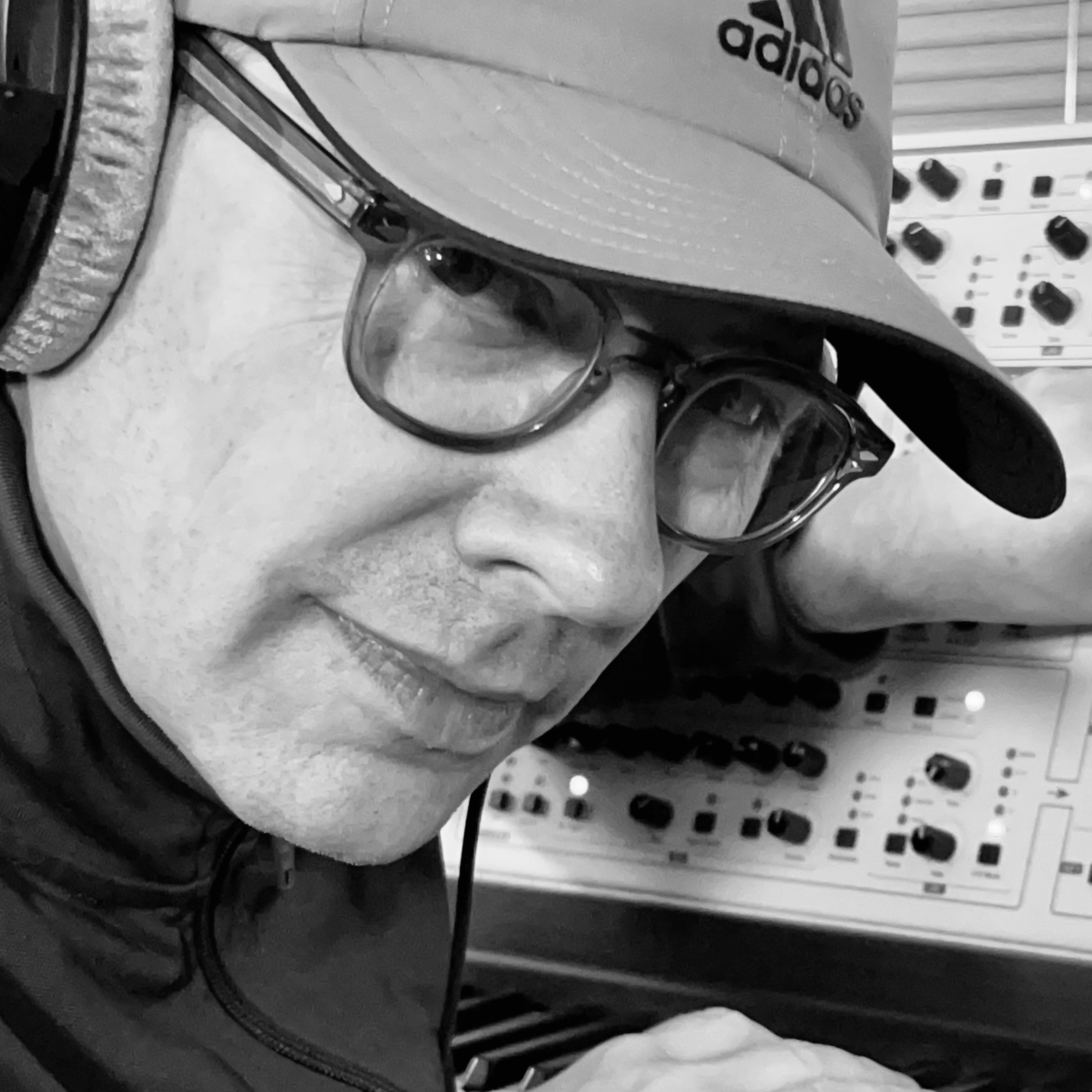“Porcaro makes the whole process look effortless and easy. We can bet that this didn't happen by accident, or overnight!”: Exploring the genius of Jeff Porcaro's Rosanna Shuffle
Having a groove named after you is possibly the highest accolade a drummer could ask for, so join us as we dissect the Porcaro Shuffle
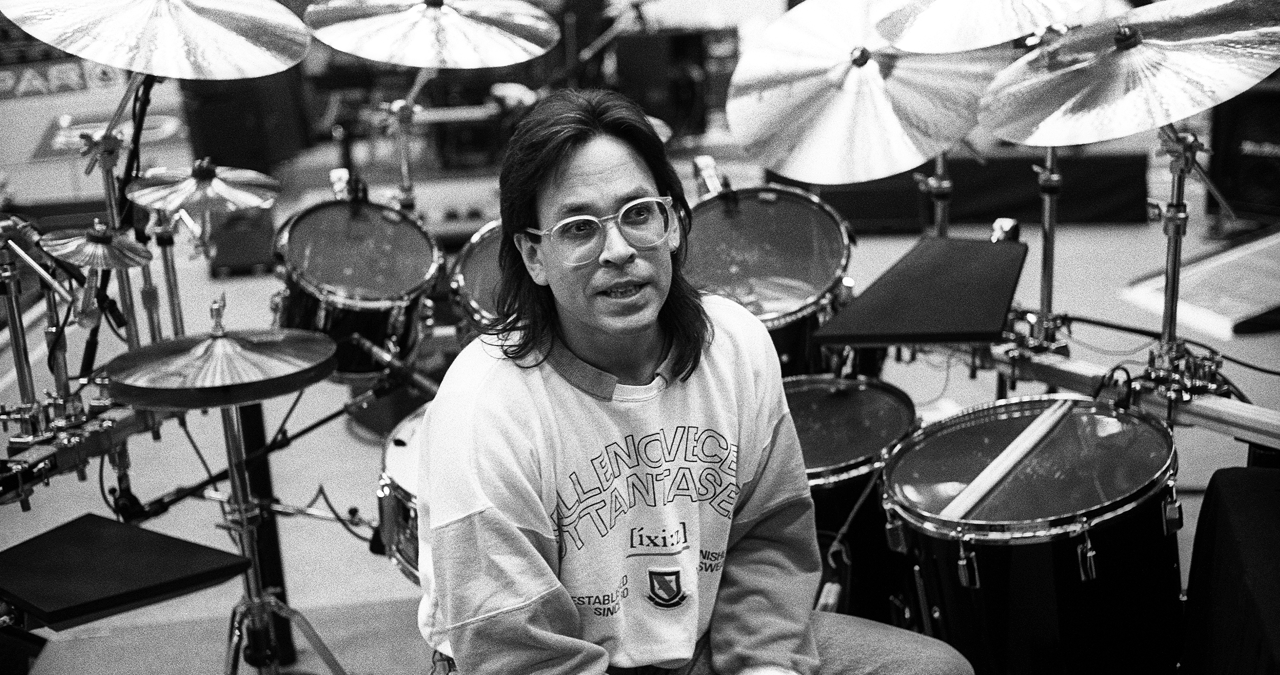
DRUMS WEEK 2025: Back in 1982, the band Toto released their fourth album - the imaginatively titled Toto IV - but despite the deceptively uninspired sequential branding, drummers and other musicians alike were immediately entranced by the opening (and subsequent playing out) of the track Rosanna.
Drummer Jeff Porcaro was the rhythmic powerhouse behind the band. While Toto could be regarded as a classic American rock band, their influence stretched far, including many traits from genres outside of rock, particularly RnB, funk and jazz.
The band was also incredibly proficient musically; the young Porcaro family included Mike (also the bass player in Toto) and Steve (also keyboard player and composer with Toto) who went on to work with A-list artists, such as Aretha Franklin and Michael Jackson.
One of the unique points about the track Rosanna, is that the song begins with 2 bars of solo drums, which is not only unusual, but allows us to reflect on the joy of this groove in isolation. In essence, the groove offers a half-time shuffle groove/feel.
But what does this mean, and which components are employed to make it work?
When we describe a groove as ‘half time’, it means that the backbeat (normally supplied by the snare) falls on beat 3 of the 4 beats-in-a-bar, instead of the more usual 2 & 4. This means that we might count the pulse fairly briskly, which in the case of Rosanna would be circa 176BPM.
However, it’s also possible to count the groove in a more usual manner, and at a tempo of half-time (88BPM), resulting in the snare falling conventionally on beats 2 & 4.
At this lower tempo, we would tend to describe the groove as a ‘half-time feel’, rather then literally ‘half-time’.
Ultimately, how you choose to count or interpret the speed of the tempo is your decision, but in our view, it's easier to work on the premise of the slower tempo of 88BPM.
Porcaro was always very open about his inspiration for this groove; he mentions the inspirational playing of Bernard ‘Pretty’ Purdie (himself known for his own ‘Purdie Shuffle’) which can be heard on Steely Dan’s Home at Last and Babylon Sisters, alongside the Led Zeppelin track Fool in the Rain, as played by John Bonham. All three of these tracks have very clear association with Porcaro’s choice of direction.
It’s relatively easy to break the groove down into three constituent components. These relate to the kick drum, snare and hi-hats.
Let’s start by considering what the hi-hat part does. In line with many shuffles, the hi-hat part is based around a consistent 16th-note groove, which shuffles; this means that the second note of each pairing of 16th-notes is played later, as though it were a 12/8 or triplet feel. Technically, it's a challenging rhythm to play, particularly when an accent is applied to each 8th note beat in the bar.
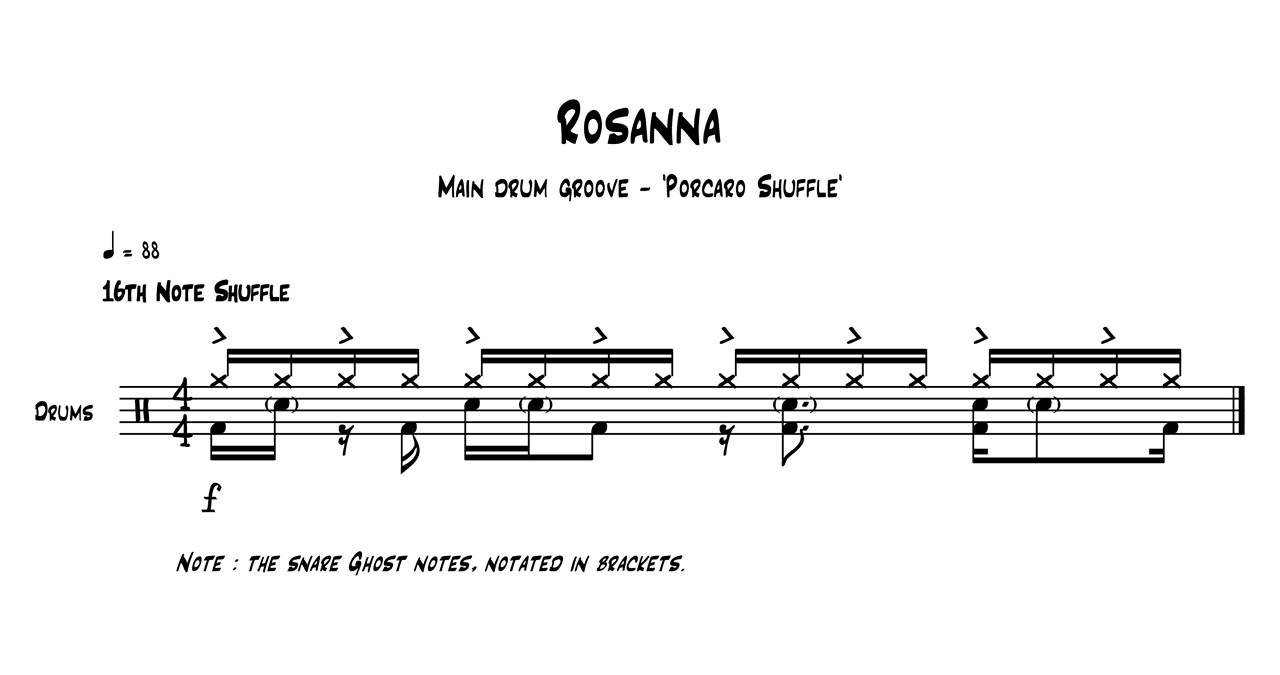
If we switch to the kick drum part, this draws inspiration from a completely different source. The kick’s syncopated rhythm cuts across the main beats of the bar, often referred to as the ‘Bo Diddley pattern’ which also draws inspiration from early jazz and New Orleans.
Finally, the snare drum is incredibly prominent on beats 2 & 4 of each bar, providing a very heavy backbeat. Where the snare applies another layer of complexity, is with the application of subtle ghost notes.
These are much quieter, rhythmic stick strokes, which are applied outside of the main backbeat, to add further groove and timbral colour. In the case of the Porcaro Shuffle, a ghost note is applied to the 2nd of each 16th note, on each beat of the bar, coinciding with an unaccented note on the hi-hat.
As anyone who plays in a band will tell you, feel is often a factor which is un-quantisable, laced with the magic that can only occur with practice and familiarity.
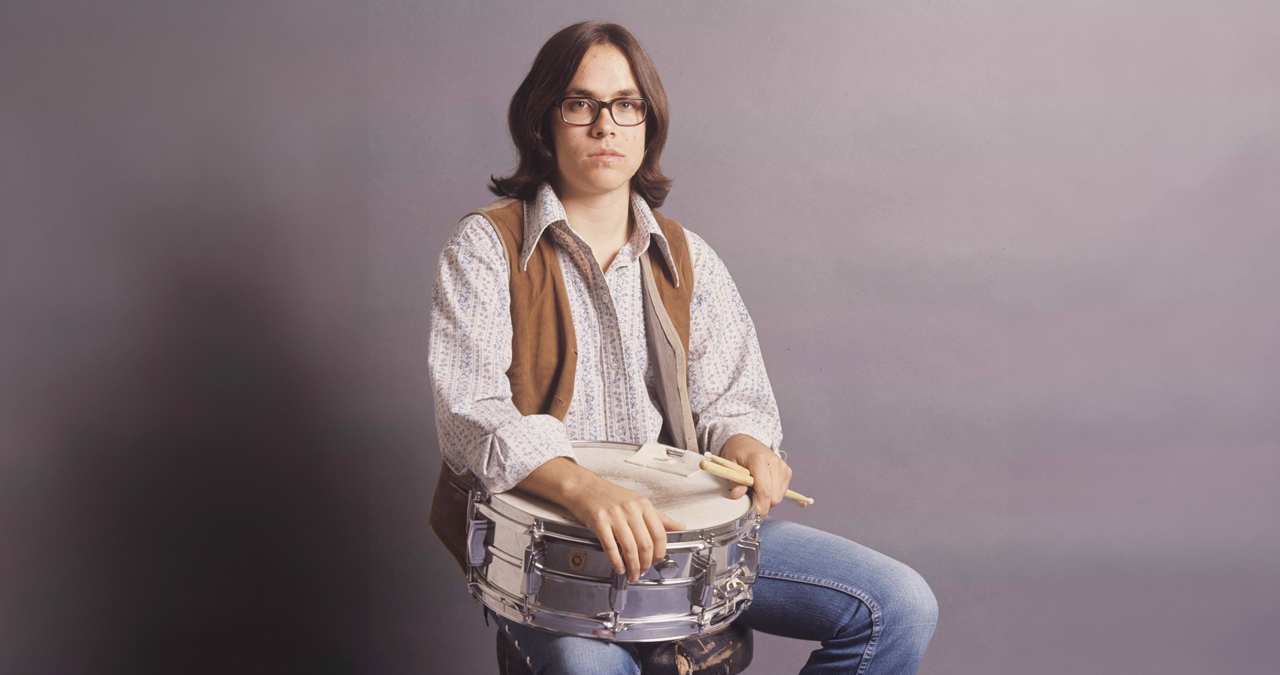
While the groove itself is complex, it's the ability to make it sound and feel natural that presents one of the biggest challenges, not to mention the extreme dynamic range, which completes the picture across the three main kit elements. Moving seamlessly from a subtle ghost note to a rip-roaring backbeat, is difficult to achieve, and in playing.
Porcaro makes the whole process look effortless and easy. We can bet that this didn't happen by accident, or overnight!
With such a glittering groove, particularly as a solo at the beginning of the track, it would be easy to think that somehow Porcaro treated this as his moment in the limelight.
As you listen through, this concept can be quickly dispelled, due to the large amounts of space that are left throughout the song, particularly in the pre-chorus bridge, where extensive reduction in dynamic range allows other instrumentation to come through. There are also many other areas of exceptional playing on this track, from the extensive keyboard work, to the extravagant horn section playing which highlights the introduction to the chorus, and of course the legendary guitar solo from Steve Lukather.
As a whole, it's a masterpiece in playing, production and song composition, immortalised in rock 'n' roll history.
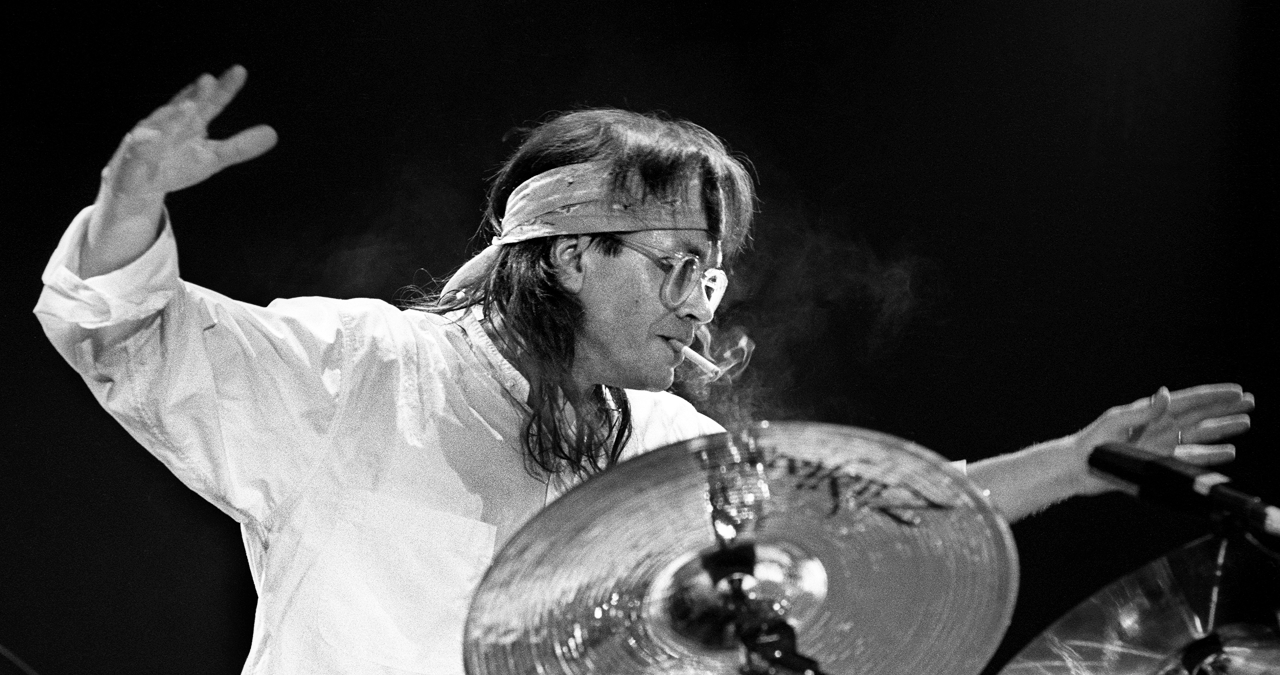
As a unique and in-demand drummer, Jeff Porcaro’s discography is extensive, having worked with Steely Dan, Michael Jackson and Paul McCartney.
Want all the hottest music and gear news, reviews, deals, features and more, direct to your inbox? Sign up here.
Regrettably, Jeff Porcaro died in 1992, at just 38 years old, in a situation which was described at the time as ‘a bizarre gardening accident’ (oddly echoing This Is Spinal Tap, something that Porcaro would surely have been amused by). However, it was later reported that underlying health issues had been partly to blame.
His legacy as one of the most dynamically inventive drummers continues to impact on aspiring players.
Roland Schmidt is a professional programmer, sound designer and producer, who has worked in collaboration with a number of successful production teams over the last 25 years. He can also be found delivering regular and key-note lectures on the use of hardware/software synthesisers and production, at various higher educational institutions throughout the UK
You must confirm your public display name before commenting
Please logout and then login again, you will then be prompted to enter your display name.

